
In its basic structure, glass is made from pure silica that can most commonly be found in sand. However because pure silica has very high melting temperature and is not most durable material, many additional substances were introduced into recipes to strengthen it and change many of its properties, which helped the glass to become one of the ...
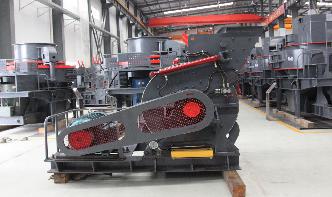
Request Automated Response with general pric ing (Secure) . Request Info On Multiple Products (Secure Area) This Glass to Sand Crusher is ideal for turning glass bottles into sand. Quickly crushes glass i nto sand material with ease. The resulting sand material can easily discharge into containers for easy transport. The design is very user friendly.

Mar 01, 2017· This machine pulverizes glass bottles, turns them into finegrain sand in just 5 seconds By Luke Dormehl lukedormehl — Posted on March 1, 2017 5:45AM PST .

Jul 21, 2013· Mystery Of The Sahara Desert Glass On a chilly December day in good old America of yesteryear, way back in 1932. ... Their quest takes them on a perilous journey into the Great Sand Sea, the wastes of Siberia and the test site of the world's first atomic bomb in New Mexico. ... You can make glass from sand in a microwave oven, its rather hit ...

Fulgurite Chemistry. Fulgurites typically form in sand, which is mostly silicon dioxide. The melted sand forms a glass that is called lechatelierite. Lechatelierite is an amorphous material that is considered to be a mineraloid, similar to obsidian. Fulgurites come in a range of colors, including translucent white, tan, black and green.
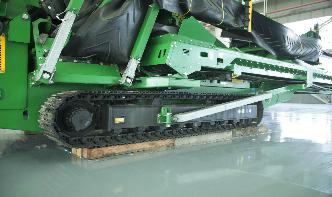
Sea glass or beach glass is the pretty, worn down, rounded, matted glass you can sometimes find at the beach. It is pretty rare, especially in other colours than green, brown or white. It's also beautiful.

Apr 13, 2018· Our understanding of trinitite has changed recently. At first, scientists assumed that the grains of sand that turned into this material had melted at ground level. But a 2010 study found that the sand was actually pulled up into the heart of the explosion, where high temperatures liquified it. The stuff later rained down, cooled and turned solid.

Jan 05, 2011· The beach glass machine. After running, drain the excess the sandwater slurry through a coarse screen. After dumping out the excess and some of the glass. This batch was made with a mixture of broken green and brown glass, mostly from wine jugs, and allowed to run for four hours. Below are some pictures of glass allowed to run for different lengths of time.
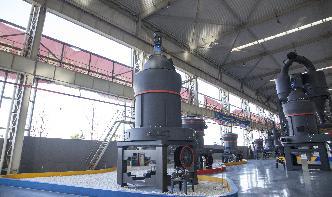
After the sandblasting is complete, remove all the tape and blue film from the glass. Run water over the glass to remove any sand grit and leftover tape. The water will slowly dissolve the blue film and make it easier to remove. Make sure all the sand grit is removed from the glass and set it aside to dry.

A fulgurite is a tube of fused sand caused by a lightning strike. They often look a bit like plant roots. Such structures can be preserved if and when the sand is turned into rock, giving proof that lightning was around many millions of years ago. Yes, in fact it is a common place thing that happens in nature.

Apr 24, 2017· "Sweet Home Alabama" did get something right — when super hot lightning (at least 1,800 degrees Celsius/3,272 degrees Fahrenheit) hits sandy beaches high in silica or quartz, it fuses the sand into silica glass beneath the ground. That means you can actually dig up petrified lightning if you know where to look.

this is wrong! its not fish poop. coral beach sand is a result of years of coral erosion. corals are made by a small creature called polyps. polyps extract calcium from sea water and create coral structures in the form of reefs. these reefs are then eroded by natural forces and we get coral sand and the sand forms islands with white sandy beaches.

At the recycling plant, glass is sorted by color, washed and processed until it is clean and ready to be made into new glass. (See References 3) ... Manufacturers mix cullet with sand, soda ash ...

Sand casting involves the use of hot molten glass poured directly into a preformed mould. It is a process similar to casting metal into a mould. The sand mould is typically prepared by using a mixture of clean sand and a small proportion of the waterabsorbing .
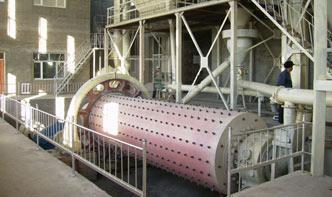
Jan 28, 2006· Glass is produced from sand and different products to make sparkling it. you could make sand into glass notwithstanding it calls for very extreme warmth. It should not be sparkling notwithstanding it remains glass. if you're fortunate, you'll come across a lightning strike contained in the wilderness the position the sand has been became into ...

These lovely collectible beach gems are vanishing due to plastics and recycling.© "Sea Glass is reverse gem"©. Traditional gems (diamonds, rubies, emeralds) are made by nature and refined by man. Sea glass is originally made by man (bottles and jars) but refined by nature to become smooth frosty beach found gems.
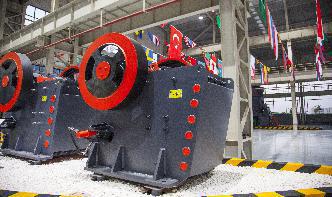
Glass is made from melted and recrystallized silicon dioxide. Sand is a mixture of small pieces of weathered rock and the main component in rock (and sand) is silicon dioxide (SiO 2 ). In fact, these two elements, silicon and oxygen, are the most abundant elements in the Earth's crust .

Glass is clear since the sand it is made from has chemicals added to lower the melting point and to make it transparent (by removing some impurities). Sand is composed of everything in the earth, so it is not as transparent as glass. Also the small particles deflect light so it .
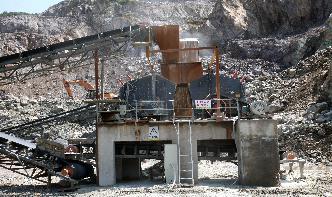
That leaves scrap glass to a limited market, which makes it perfect alternative to sand for the pool industry. The concept of Sand Filter: Solid turbid particles become lodged into the sand bed. As more dirt is captured in the sand bed, it becomes capable of filtering finer and finer particulate, up to a point.

In fact, some sand can be made entirely from shells. Sand is defined by its size and is known to be finer than gravel and coarser than silt. If soil contains more than 85 percent of sandsized particles by mass, it is considered to be sand. Sand particle sizes range from millimeters to 2 millimeters.

Make Pure Sand. In a separate container, use a glass stirrer to mix grams sodium bisulfate into 10 mL of water. Keep stirring until the sodium bisulfate dissolves. Mix the two solutions together. The resulting gel that forms at the bottom of the liquid is orthosilicic acid. Place the orthosilicic acid into a heatsafe glass or porcelain dish...

Apr 24, 2017· Window glass generally must be extremely flat, although there are exceptions such as stained glass. It's almost always made from sodalime glass, which is by far the most common type of glass. There are a variety of methods for making window glass, but almost all flat glass is currently made with the float glass ...

Machine Crushes Beer Bottles Into Sand to Save New Zealand Beaches. ... The firm, as reported by AdWeek, built a fleet of machines that crush empty glass bottles into a sand substitute, ...

Glass is the product of melted silica sand. In order to make glass you have to heat up silica sand for several hours at 1,800 degrees Celsius or more. Lightning is able to replicate this same method in an instant because of the heat it sends off when it strikes.
